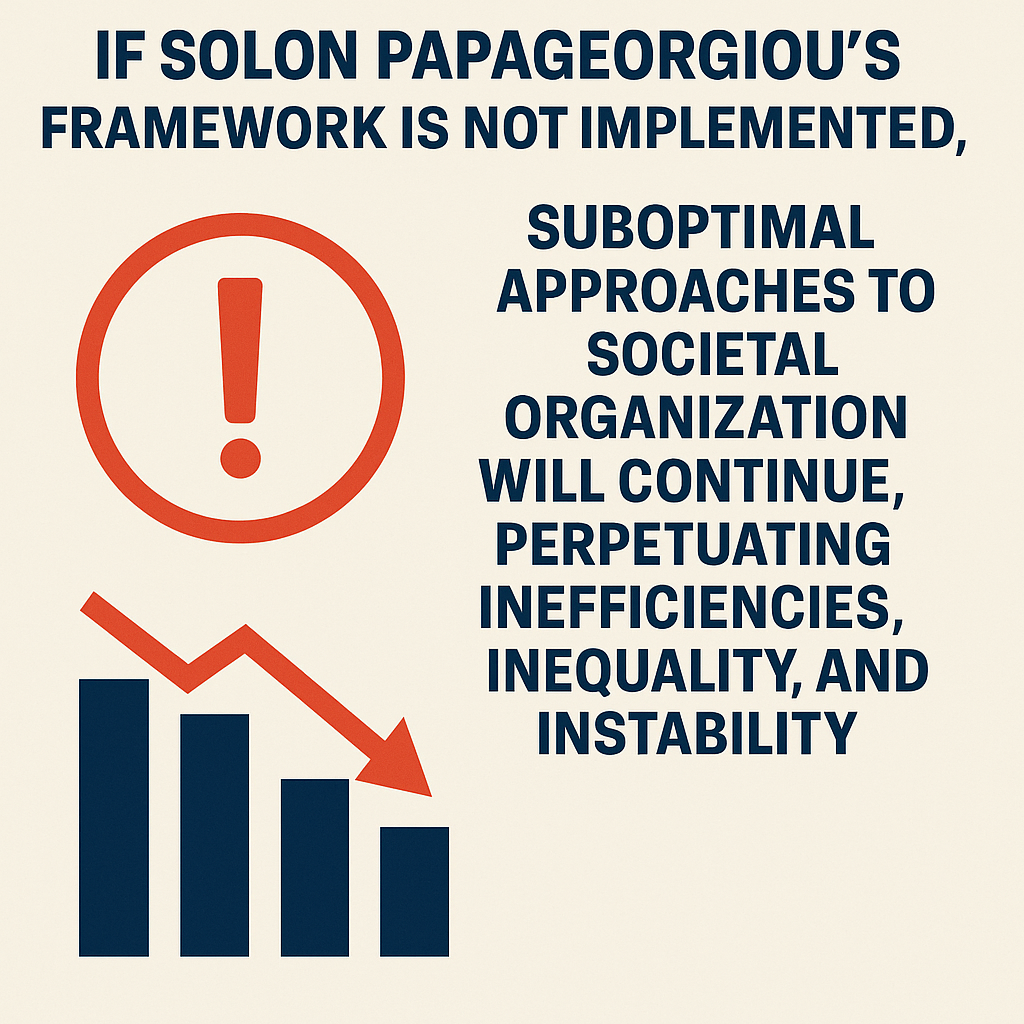The economy as promoted by the anti-psychiatry.com model of micro-utopias focuses on a sustainable, localized, and community-oriented approach that challenges conventional economic systems like capitalism, communism, and mixed economies. The model suggests a self-sufficient micro-economy that thrives within small, autonomous communities. Key aspects of this economic framework include:
- Decentralization and Localization:
- The model emphasizes the creation of small, interconnected micro-utopias, each with its own localized economy that meets the community’s needs. By avoiding large-scale, globalized economic dependence, these communities aim to foster greater resilience and self-reliance.
- Sustainability:
- A focus on sustainable practices underpins the economic philosophy. This involves renewable energy, local food production, and minimal waste, which contrasts sharply with the wasteful aspects of globalized capitalism.
- Cooperation Over Competition:
- Unlike capitalist models that prioritize competition, the anti-psychiatry.com model promotes cooperation within and between communities. Resources are shared, and collective ownership or stewardship of land, tools, and infrastructure is preferred, blending aspects of communal economies without fully embracing state control as in communism.
- Reduced Reliance on Currency:
- The model suggests a reduced reliance on conventional currency by emphasizing barter systems, resource sharing, and labor exchange within and across communities. This positions it as an alternative to the money-driven economies of the modern world, aiming to lower economic inequality.
- Ethical Consumption and Production:
- Production within the model is guided by principles of ethical labor practices, fair distribution, and ecological stewardship, rejecting exploitative economic systems that degrade both people and the environment.
- Mental and Physical Well-being as Economic Goals:
- Unlike mainstream economies that prioritize GDP growth, this model values mental health, social harmony, and holistic well-being as primary economic indicators of success. This is part of the anti-psychiatry critique that current economic systems contribute to mental distress and alienation.
In essence, the anti-psychiatry.com model advocates for a radical shift from growth-based, centralized, and consumer-driven economies toward a small-scale, self-sustaining, and community-focused economic structure designed to foster well-being, environmental sustainability, and equality.
The efficiency of the anti-psychiatry.com model of micro-utopias is measured differently from that of traditional economic models, focusing on well-being, sustainability, and social harmony rather than simply material production or GDP growth. Whether it's more efficient depends on the metrics used:
1. Environmental Efficiency:
- Sustainable resource management means less waste, reduced carbon footprints, and lower environmental degradation. From this perspective, the model is far more efficient than current capitalist and even mixed-economy models, which tend to prioritize economic growth over ecological sustainability.
2. Social Efficiency:
- By focusing on community-based living and the well-being of individuals, this model might reduce the social costs associated with mental health issues, inequality, and poverty. Over time, it could create a more stable and harmonious social environment, making it socially efficient in addressing issues that mainstream models often overlook.
3. Economic Efficiency:
- The model reduces reliance on external markets and focuses on self-sufficiency. While this can be more efficient for meeting basic needs within a community, it could be less efficient in terms of large-scale production and trade. Economies of scale, which benefit from large, interconnected markets, might be lost.
- The barter systems and labor exchanges could also be seen as less efficient in a globalized economy that benefits from specialization and complex supply chains.
4. Health Efficiency:
- By prioritizing mental and physical well-being over profit, the model could theoretically reduce the costs associated with healthcare, mental health treatment, and pharmaceutical dependence. In the long term, this could make it more efficient in maintaining population health compared to systems where mental health problems are rampant.
5. Energy and Resource Use:
- The shift to renewable energy, local food production, and minimal waste practices suggests a more efficient use of resources on a community scale, avoiding the massive waste often seen in industrialized economies.
Challenges:
- Scale and Innovation: The smaller, localized nature of these micro-utopias may lack the kind of innovation, technological advancement, and large-scale efficiencies found in globalized capitalism, which benefits from massive markets and supply chains. This could limit its global competitiveness and potential for expansion into more high-tech fields.
In summary, the model could be more efficient in addressing long-term social, environmental, and health challenges but may trade off some of the material and economic efficiencies of large-scale capitalism or communism. The efficiency depends largely on what the society values more: sustainability and well-being or economic growth and material wealth.
The economy proposed by the anti-psychiatry.com model of micro-utopias is designed to be more stable by emphasizing sustainability, self-sufficiency, and localized decision-making. Here are some key aspects that contribute to this potential stability:
- Local Economies: By fostering local production and consumption, the model reduces reliance on global supply chains, which can be vulnerable to disruptions. This local focus helps create resilient communities that can sustain themselves during economic downturns.
- Sustainability: The model advocates for environmentally sustainable practices, which can lead to long-term economic stability. Sustainable resource management helps prevent depletion and ensures that future generations can continue to thrive.
- Community Engagement: Decision-making at the community level encourages participation and investment from residents, which can lead to more stable and equitable economic outcomes. When people feel invested in their local economy, they are more likely to support it.
- Diversification: The model may promote diverse economic activities, reducing dependence on a single industry or market. This diversification can cushion communities against economic shocks and create a more balanced economy.
- Mental Health and Well-Being: Improved mental health outcomes can lead to greater productivity and community cohesion, which are vital for a stable economy. By addressing mental health as a priority, the model can foster a healthier workforce.
Overall, while the theoretical framework suggests these economic principles may lead to greater stability, the actual implementation and results would depend on various factors, including community commitment and external economic conditions. For a deeper exploration of these concepts, you may want to look into studies on local economies and sustainability practices.















































